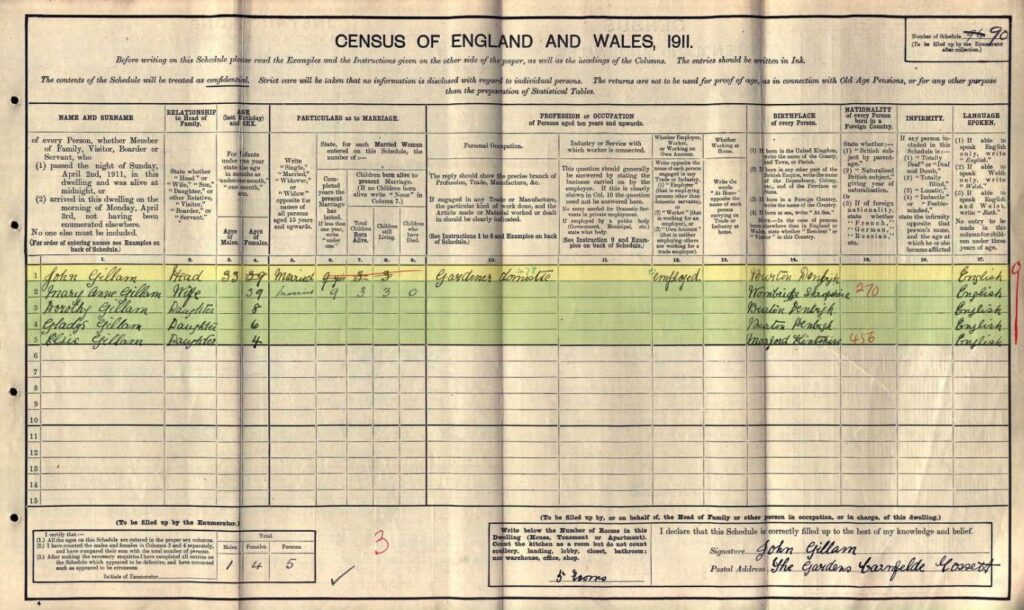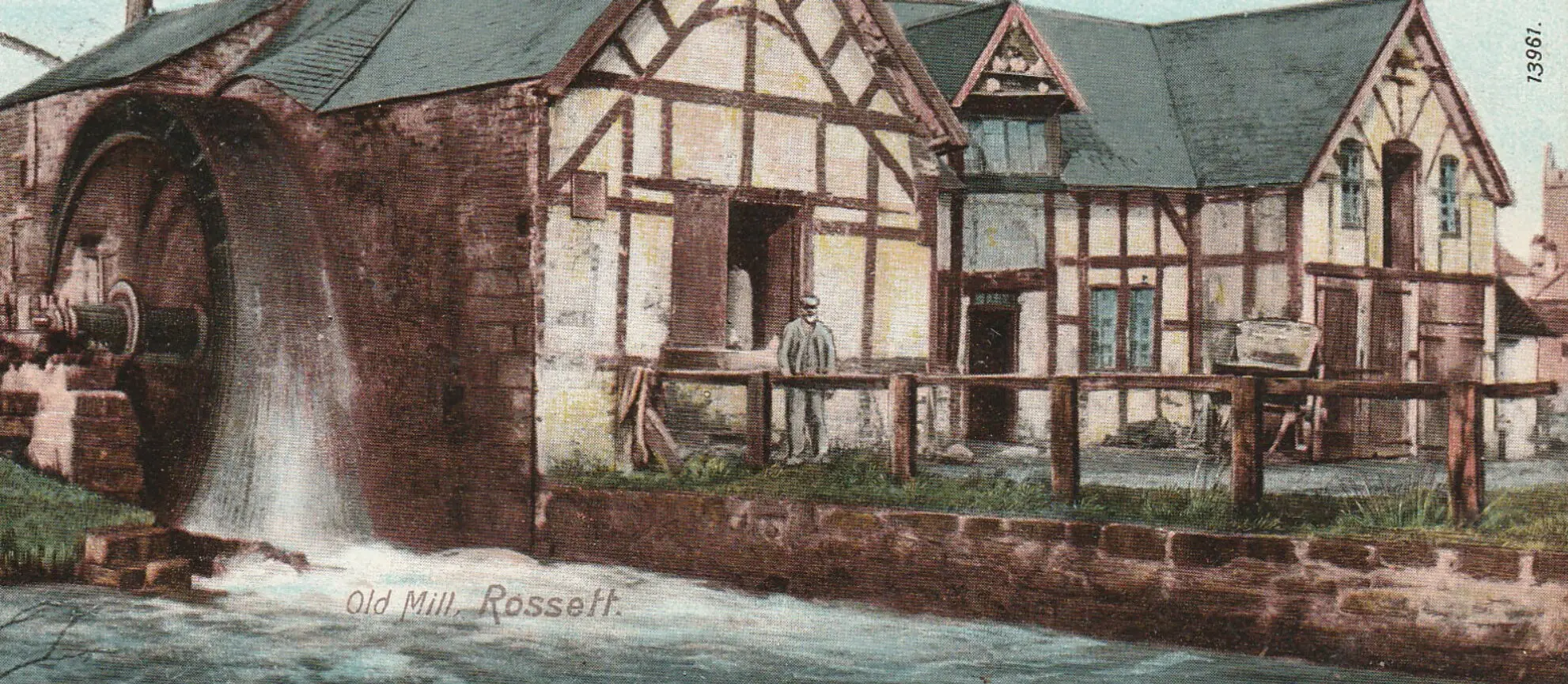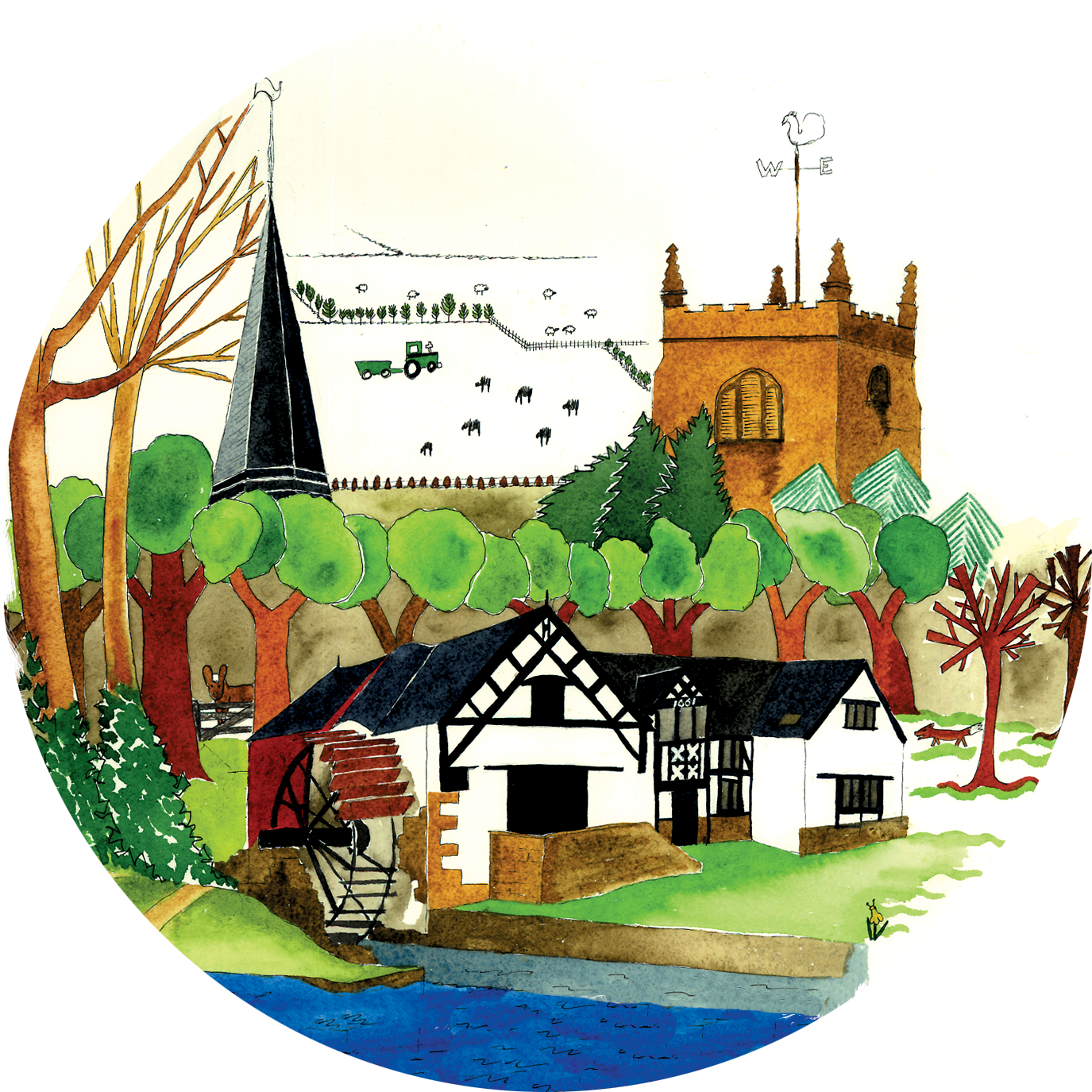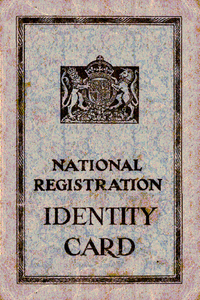Following our recent post about Remembrance Day and Rossett War Memorial, it seems a good opportunity to list all the residents of the village back in 1911. Information relating to this period can be obtained on-line through a number of genealogy sites that have agreements with The National Archives (TNA). The data collection is known as the 1911 Census.
Historical Context
The national censuses were conducted primarily because of the government’s need for information about population growth and distribution in view of the economic and social changes in the UK and Europe in the late 18th century. The 1911 census, in contrast to the earlier returns, is comprised of the original householders’ schedules and census enumerators’ summaries. This is the first census that retains the household schedules rather than copying them into enumerators’ books, so you could be looking at your ancestor’s handwriting. Unlike earlier censuses, these returns include soldiers serving overseas. The numbers of years a couple has been married is recorded along with how many children (both dead and alive) they have had.

What is in the Records
The 1911 census for England and Wales was taken on the night of Sunday 2 April, 1911. Rossett, in common with everywhere else, had enumerators visiting each property in the village to collect the name, date of birth, address, marital status and occupation of every person in the household. Rossett represented just a fraction of the 45 million people to be processed. The census also includes records for the Channel Islands, the Isle of Man, Royal Navy ships at sea, and overseas military establishments.
You may be able to find the following information (where available):
-
- Where an individual lived
- Their age at the time of the census
- Who (what relatives) they were living with
- Their place of birth
- Occupation
- Details of any guests on the night of the census
- Details of any servants they had
Also, depending on an individual’s circumstances, additional information could include:
-
- Whether they were an employee or employer
- Precise details of the industry or service they worked in
- Details of nationality
- Duration of their current marriage
- Number of children born to that marriage
- Number of children still living, and the number who had died
- Details of any illnesses or conditions each family member had, and the date these began
In response to government concerns the 1911 census also asked additional, more specific questions to each household, about fertility in marriage and occupational data. At the time there were falling birth rates, large numbers of people emigrating, and the nation was in reportedly poor health across the demographic spectrum. This was coupled with the rise (and fall) of businesses during what were rapidly advancing industrial and technological times, so the government felt it necessary to understand more about the health of the nation, and which industries were in general growth or decline.
No Vote, No Census!
The “No Vote No Census” poster on the return form reflects the conflict between the Suffragettes and the government. Henry Asquith, the Prime Minister, used his state power to block the suffragettes from enfranchisement, fuelling the political rivalry between the suffragettes and the government. The “No Vote No Census” poster demonstrates the political response from the suffragettes, to being declined the right to vote.
Were there any Suffragettes in Rossett? Let us know if one of your relatives was one.

Miss Davies, a suffragette in Birkenhead, completed her census form by giving the name of a male servant and then adding “no other persons, but many women”.
Dorothy Bowker wrote: “Dumb Politically, Blind to the Census, Deaf to the Enumerator.”
Miss Mary Howey of Hertfordshire scrawled a large ‘Votes for Woman’ slogan on her form, listed her occupation as ‘artist and suffragette ‘ and her infirmity as ‘not enfranchised’.
Another method of passive protest was to avoid being at home that night and therefore avoid being included on the census. Women hid or kept moving from place to place throughout the night to avoid being recorded. One woman apparently spent the night in a cycle shed behind her house, wrapped up in her fur coat to keep warm.
Image Source: National Library of Wales, https://www.flickr.com/photos/nationalassemblyforwales/26822502678
The 1921 Census
The 1921 census, to be released in January 2022, will be the most informative yet for family historians it was taken on 19 June 1921 and records information on almost 38 million individuals. New data will allow us to discover more about our ancestors’ daily lives by working out, for example, how far they travelled to work, the size of the company they worked for, where their employer lived, etc. And anyone with an ancestor who employed others will be able to find out about the members of their workforce.


